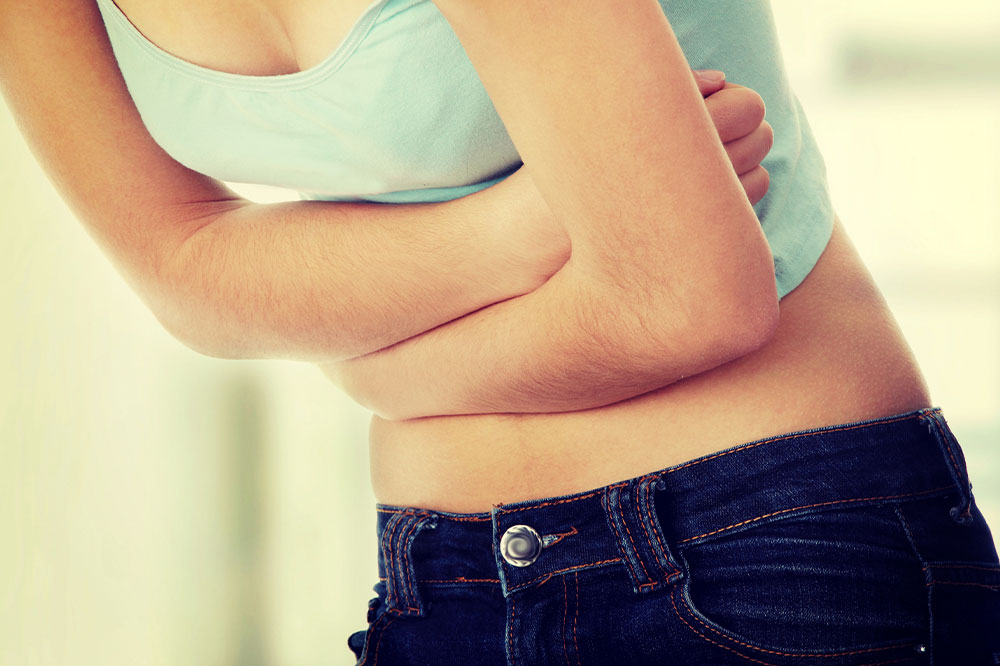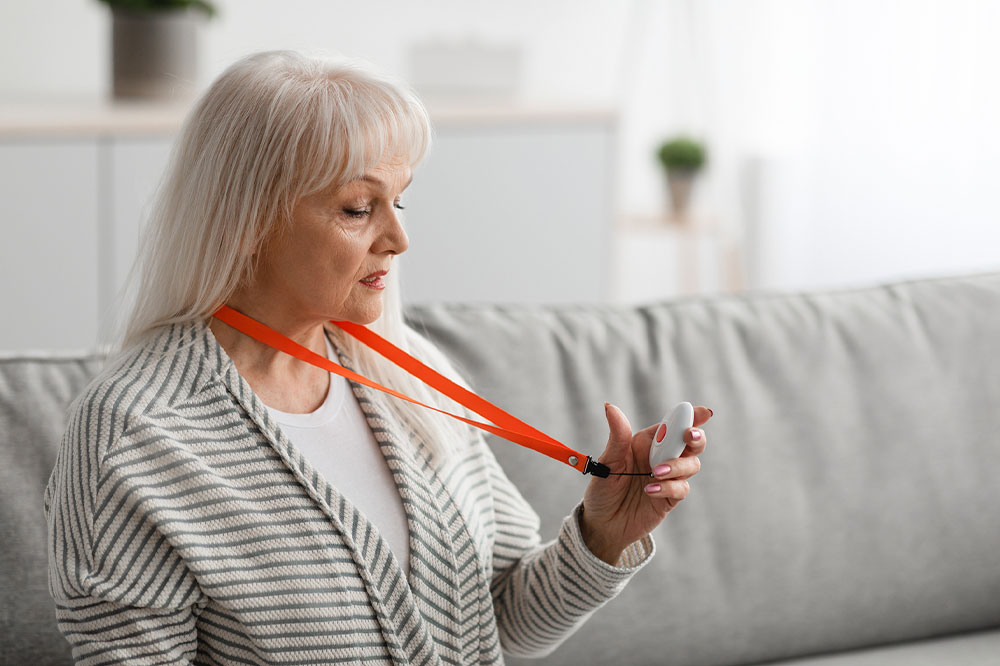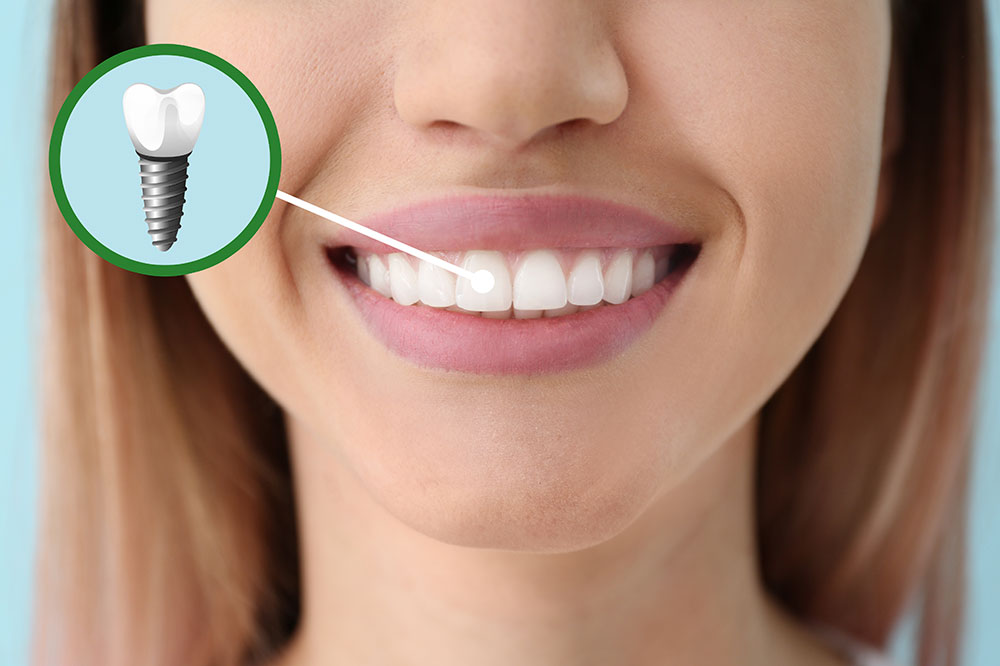Overactive Bladder – Common Causes and Management Techniques

Those suffering from an overactive bladder experience an increased urge to urinate. Such an uncontrollable need significantly compromises one’s quality of life. Issues that arise from this condition may lead the patient to compromise or rearrange their daily routine around their diagnosis. One may even suffer from bladder-related symptoms due to complications from other diseases like diabetes. This article highlights the significant causes as well as management techniques of an overactive bladder in patients:
Causes
Overactive bladder can result from various reasons such as unhealthy lifestyle choices, age, and underlying health conditions. Here are some of the common causes that lead to the development of this urological condition:
Poor pelvic muscle strength
Pelvic muscles provide the lower abdomen with the necessary support. As a person ages, their muscles tend to lose strength. Weak muscles are, thus, a common causative factor that leads to the development of an overactive bladder. Factors like pregnancy and childbirth are also known to weaken the pelvic floor muscles.
Nerve damage
This cause of an overactive bladder is quite common as the nerves can sustain damage from conditions like multiple sclerosis and herniated discs. This damage affects the signal transfer among the brain and other body parts, including the bladder. People with nerve damage can experience involuntary contraction and relaxation of the bladder, resulting in the constant urge to urinate.
Pregnancy
Pregnancy is a common cause of an overactive bladder faced by most women. As the baby grows, they press against the bladder and other internal organs. Added pressure on the bladder leads to frequent urination. Such a factor might be unmanageable at times and even occasionally result in leakage.
Urinary Tract Infections (UTIs)
Urology experts suggest that an overactive bladder can also result from UTIs. Such infections affect the organs of the urinary system, including the bladder, kidneys, urinary tract, and urethra, leading to irritation of the bladder’s inner lining. UTIs cause the involuntary contraction of the bladder and a frequent urge to urinate.
Diuretics
Chemicals that increase the body’s urine production are known as diuretics. Having everyday foods and beverages like cucumber, melons, and coffee can also lead to the same outcome. Thanks to these foods, an overactive bladder is quickly filled, increasing the urgency to urinate. Information from urology studies suggests that certain treatment options for heart conditions can also cause an overactive bladder. All of the above factors can contribute to the development of this condition and the body’s loss of control over it.
Hormonal imbalance
The maintenance of water and nutrient levels in the body is entirely dependent on hormone balance. Maintaining hormonal balance regulates bodily systems and helps maintain an optimum balance of essential components. An imbalance of hormones may lead to the development of an overactive bladder and the loss of control and relief. Research on urology suggests that an overactive bladder is a common outcome in menopausal and post-menopausal patients.
Overactive bladder management
An important reason for gathering overactive bladder information is learning its management options. Knowing the common ways of addressing bladder issues also helps keep the diagnosis from interfering with lifestyle choices. Here are a few remedies that will help patients maintain their lifestyle:
Making healthy food choices
Vitamin-rich foods are helpful for people dealing with bladder control loss. Including fruits like coconuts, bananas, and berries and vegetables like broccoli, kale, and cucumbers in the daily meal plan is highly recommended. Increased intake of fiber-rich foods like almonds, oats, and lentils helps decrease the pressure on the bladder. The fiber also ensures the patients do not develop constipation. Rich sources of protein like chicken, eggs, and fish are also ideal for better bladder health.
Reducing caffeine intake
Patients with overactive bladder should avoid caffeinated and carbonated beverages. These drinks lead to the aggravation of the symptoms. It is equally important to avoid sugary drinks to help gain overactive bladder control and relief. Avoiding fruity beverages is also necessary as these contain acids and sugars, along with other compounds that can cause worsening of the condition.
Correctly timing fluid intake
Having to frequently visit the washroom in the middle of the night is one of the biggest hassles patients face. Lowering fluid intake early in the evening is recommended. This helps reduce the number of nightly bathroom visits. The advice also includes avoiding foods that have high water content before bedtime.
Maintaining an active lifestyle
Maintaining an active lifestyle has excellent benefits for an individual’s physical and mental wellbeing. Factors like excessive weight and inactive routine also cause the weakening of pelvic muscles resulting in an overactive bladder. Activities like cycling, running, swimming, or floor exercises help strengthen the muscles. They increase the strength of the leg muscles and reduce the risk of losing bladder control.
Practicing Kegel exercises
Kegel exercises are an effective management option for women in need of relief from an overactive bladder. Regular practice helps strengthen the bladder muscles and gain bladder control. Urology experts recommend practicing this exercise multiple times a week for better pelvic muscle strength.
Avoiding dehydration
Overactive patients often mistakenly tend to lower their water intake to avoid frequent trips to the bathroom. Lower levels of water in the body can lead to increased bladder irritation and more bathroom visits. In some overactive bladder cases, the increased irritation may also result in the need for a catheter. Maintaining a healthy level of water intake throughout the day helps avoid the aggravation of other symptoms.
Specific home remedies can also be employed along with overactive bladder treatment. A few more accessible options include avoiding acidic and spicy foods from the menu. Removing or decreasing caffeine intake is also effective. Other treatment options, like chemical compounds, nerve stimulation therapy, and surgery, can be discussed with the doctor or healthcare team. The doctor decides the treatment plan depending on the patient’s severity.






